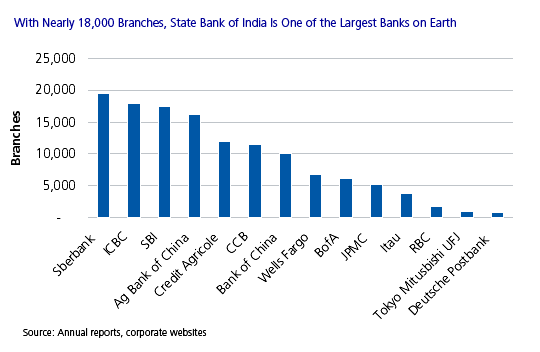The State Bank of India (SBI) is one of the largest banks in the world, with about as many branches as Bank of America, Wells Fargo (including Wachovia), and JPMorgan Chase (including Washington Mutual) combined. Yet, when SBI selected a new core system, it decided to go for a Unix platform rather than a mainframe.
In a new report, Tipping the Scale: Using Unix at One of the Largest Banks on Earth, Celent documents State Bank of India's selection of TCS BαNCS running on HP Superdome to run its domestic footprint, including 17,385 branches, 20,000 ATMs, and 262 million accounts. The default choice for banks of this size would be the mainframe, but State Bank of India thought outside the box and elected to run a real time system on Unix for its home market.

“The conventional wisdom is that nothing scales like a mainframe,” says Bart Narter, Senior Vice President of Celent’s Banking group. “It would now appear that Unix not only does, but can do so at lower cost.”
This report examines the State Bank of India, the size of the organization, and the businesses it conducts in its domestic market. Celent reviews the decision process to migrate to a new core system on a new platform. The report then outlines the business benefits for State Bank of India as a result of the migration.





